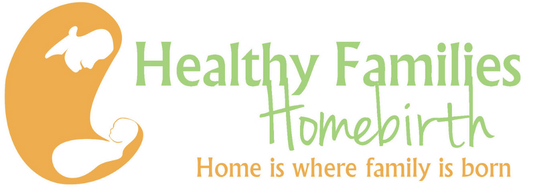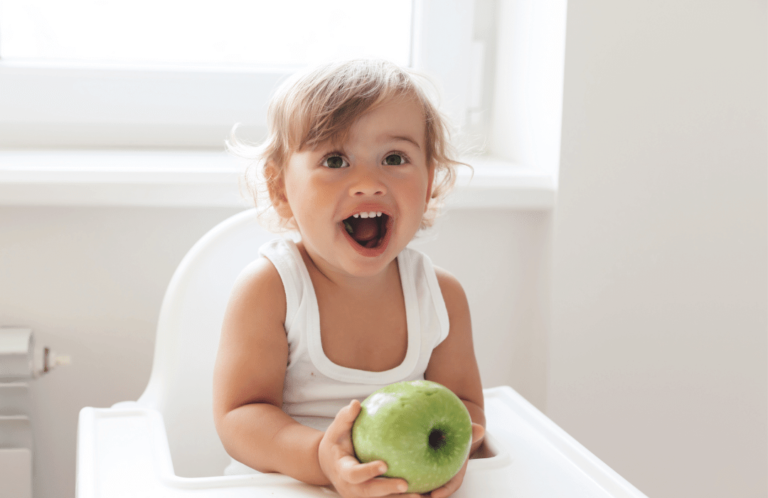
PHONE
303-718-1554
cheryl.furer@msn.com
OPENING HOURS
By Appointment Only
Menu

“Babies who are ready for solids can usually feed themselves. Mothers often report that they knew their babies were ready when they picked up food from a plate, chewed it, swallowed it, and wanted more” Le Leche League website.
Signs of maturity that an infant is ready to eat foods other than breastmilk:
When starting foods consider the following;
Remember that infants will give you signs that they are hungry. Expecting an infant to sit down to eat a meal 3 times a day may not be realistic. Nursing throughout the day with food offered when you sit down to eat may be the best for both of you.
Feeding don’ts:
Be patient. Just like breastfeeding your child is learning something new. Textures and smells are all a new experience. If your infant doesn’t like something one day, then try it again a few days later.
Additional resources:
http://www.llli.org/faq/solids.html
http://wholesomebabyfood.momtastic.com/babyfirstfoods.htm
References:
Shaw, G. (2011, October 15). Baby Food: Introducing Solid Foods. WebMD. Retrieved October 28, 2012, from http://www.webmd.com/parenting/baby/baby-food-nutrition-9/starting-solid-food
Staff, M. C. (2011, June 17). Solid foods: How to get your baby started. Mayo Clinic. Retrieved October 28, 2012, from http://www.mayoclinic.com/health/healthy-baby/PR00029
When should my baby start solids? (2011, January 24). LLLI. Retrieved October 28, 2012, from http://www.llli.org/faq/solids.html


Proud Practitioner with BeHerVillage. Create a Registry Here.
Copyright © 2022 Healthy Families Homebirth – Home is Where Family is Born | All Rights Reserved | Website by Cheryl Furer & Precy Onasa